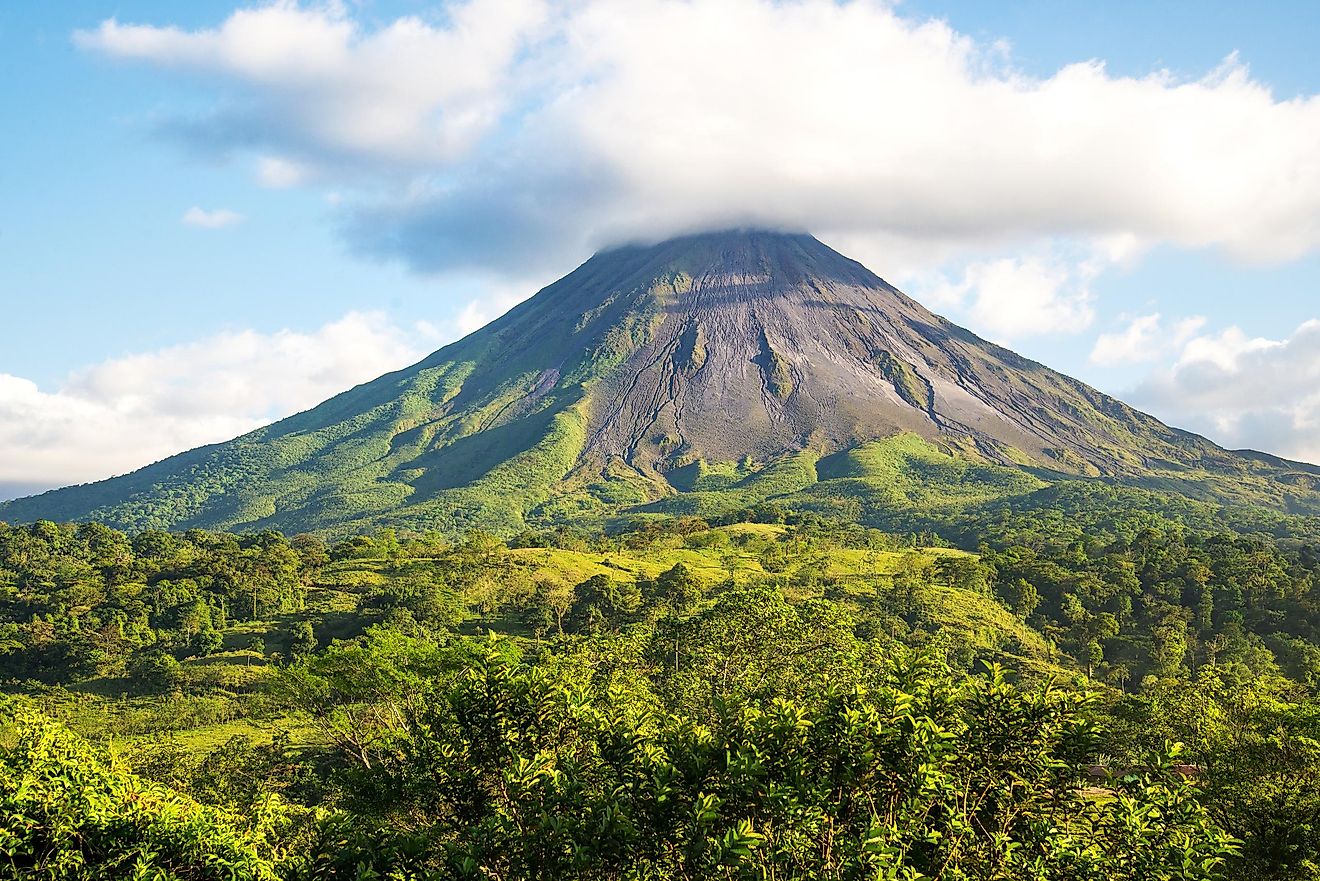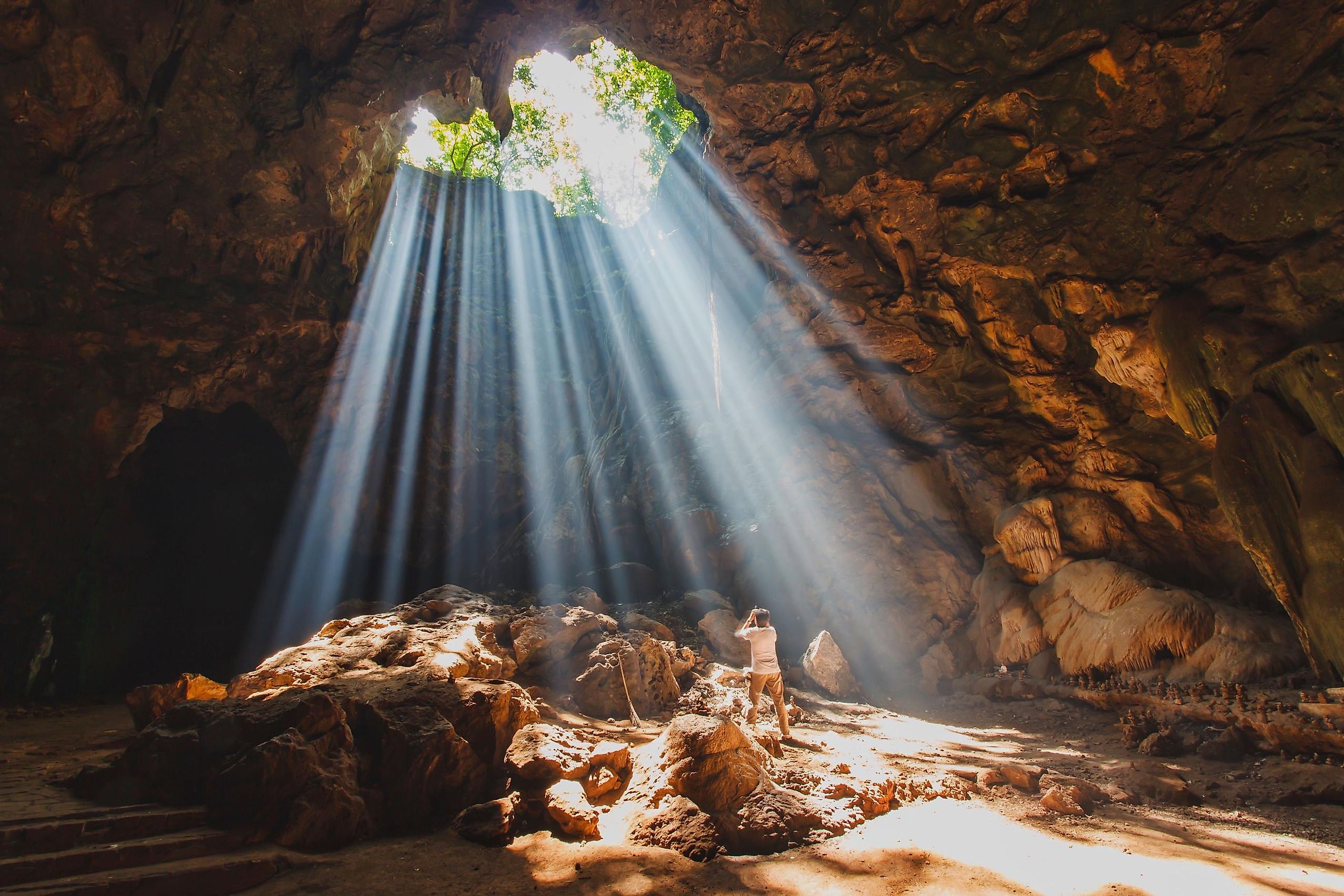
The Tears of the Turtle Cave in Montana: America's Deepest Limestone Cave
Located deep within the Bob Marshall Wilderness in the state of Montana, Tears of the Turtle Cave is currently America’s deepest known limestone cave. With a recorded depth of more than 550 metres below ground, this limestone cave is massive! That being said, even with many expeditions, what makes this cave even more unique is that the true depth is still unknown. Having only a single entrance and 24-inch wide passage to the bottom, this cave is filled with hidden mystery, with the question on everyone’s mind being, how deep is it? Well, let’s learn about America’s Deepest Limestone Cave!
Location And Geography Of Tears of the Turtle Cave
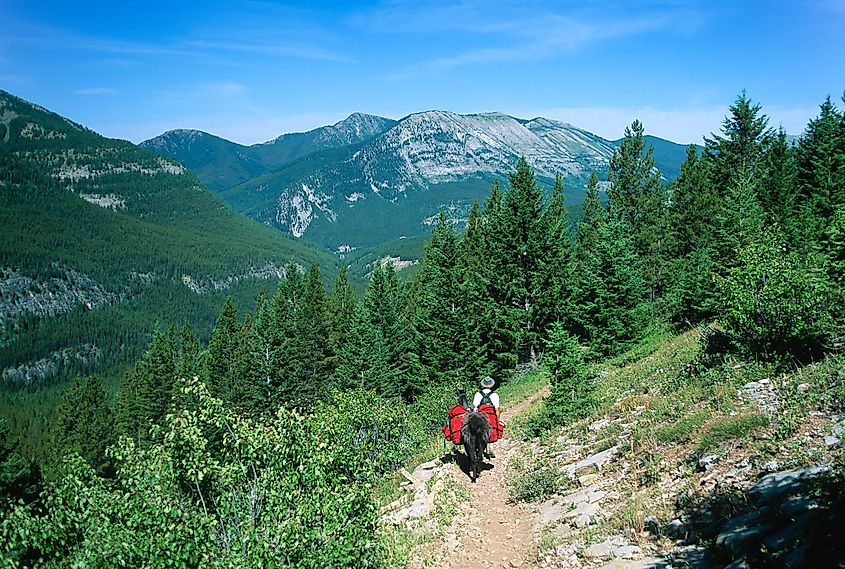
Tears of the Turtle Cave can be found near the foot of Turtlehead Mountain in the western part of Montana. The area is located within the 4,000 sq. km. Bob Marshall Wilderness Area, which is primarily made up of mountains ranging from 1,200 to 2,750 metres in height.
As for the cave itself, the entrance lies at the lower end of this altitude range among several other caves at the foot of Turtlehead Mountain. The entry is approximately 24-36 inches at the opening and is completely surrounded by wilderness. Once you get inside, the cave is shockingly slim yet massive, with a depth of 568 metres and a length of 2,400 metres to get to that depth. However, even being so colossal, the exact length and depth are still up for debate, and it can be much deeper than we currently know!
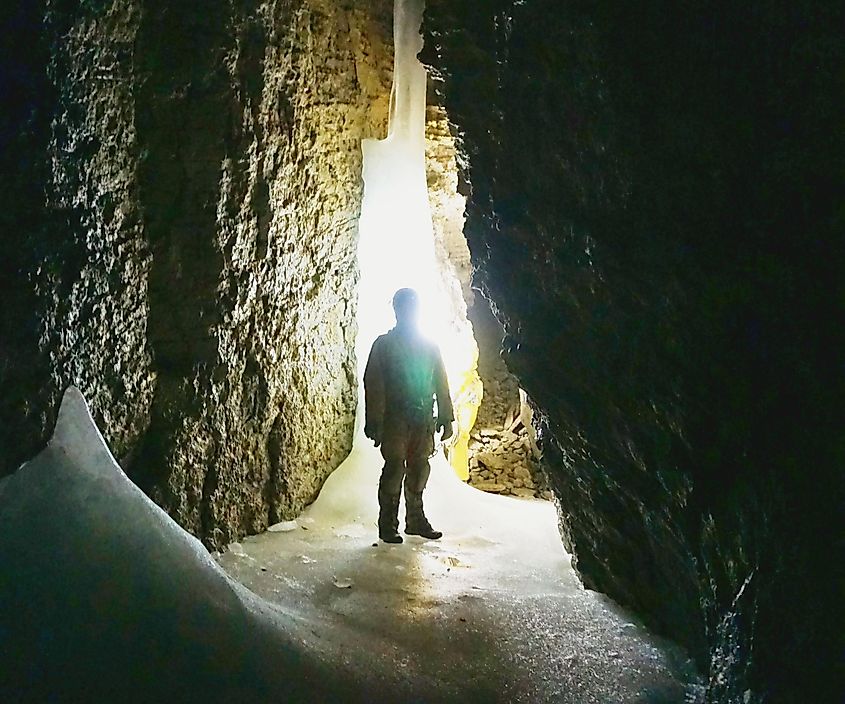
Getting here is quite a task as the area is remote and has no nearby cities or major highways. The nearest community is Condon which is tens of kilometres from the cave and does not have any known vehicle routes for transportation. This is one of the primary reasons why Tears of the Turtle Cave is quite challenging to explore for extended periods and doesn’t have tourist traffic.
Exploration & History Of Tears of the Turtle Cave
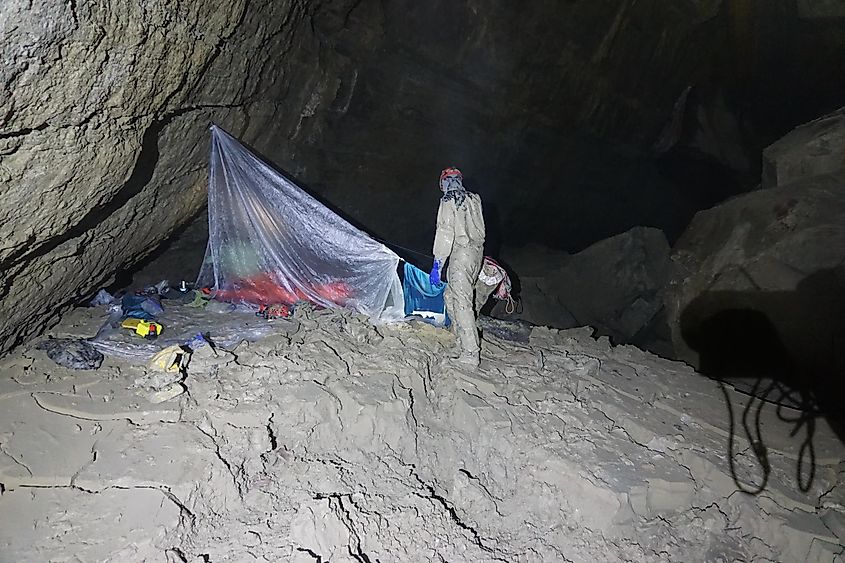
Since it was first discovered in 2006, Tears of the Turtle Cave has been the site of multiple explorations. Most of these have been undertaken to ascertain how deep the cave really is, but while progress is regularly made, there is still more yet to be seen. Early explorations took place during the late 2000s, and cavers were able to reach depths of 122 metres in one-day caving trips. The known depth stayed the same until an iconic expedition in 2014 when Jason Ballensky and his team returned to find the end of the cave system. This expedition was the most significant jump in known depth and took the team 72 hours to reach an incredible depth of approximately 500 metres. At this point, the Tears of the Turtle cave overtook Lechuguilla Cave in New Mexico to become America’s deepest known limestone cave. However, this acclaim was just the beginning of new mysteries for this immense Cave.
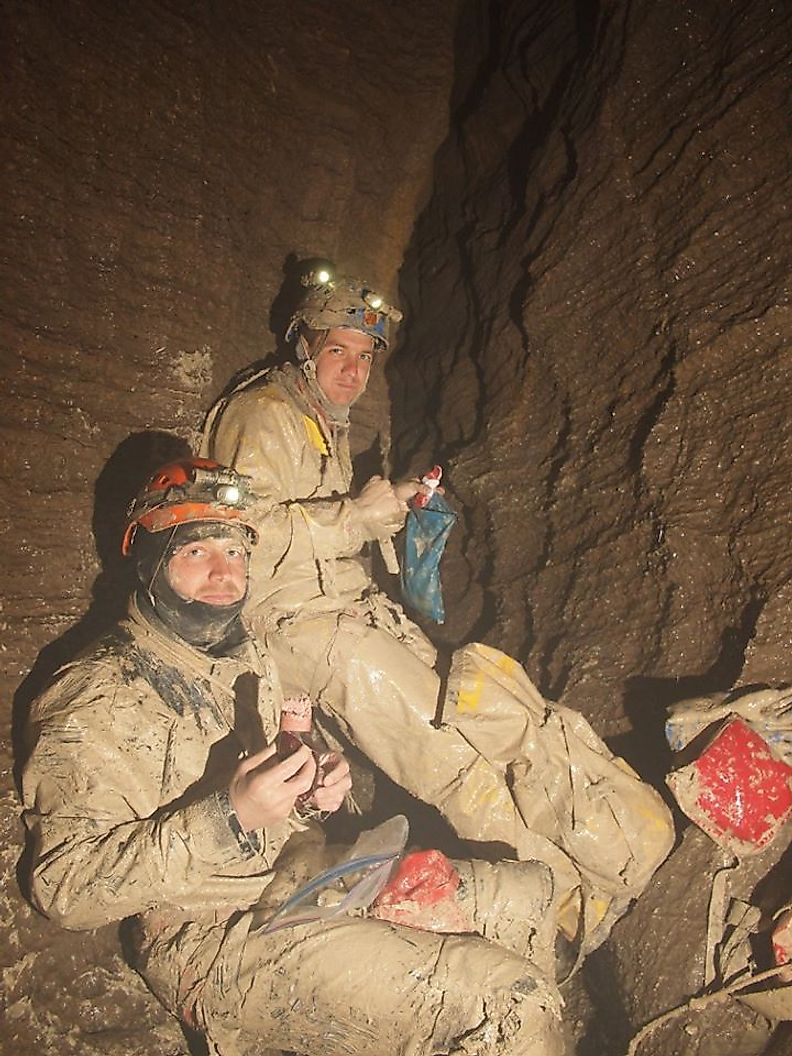
A lack of nearby civilization truly hindered explorations in the area because caving equipment and resources were sparsely available. Combined with a thin passage throughout the entire length, just a single expedition managed to reach 9 metres further than Ballensky. Only recently, in 2019, a major expedition to the bottom of the cave unveiled another 60-odd metres, with the explorers reaching a depth of 567 metres. However, even at this point, many cavers believe further routes down may exist in the intricate cave, due to which ongoing explorations to find the bottom are still active.
Temperature Of Tears of the Turtle Cave
Reaching almost 600 metres in depth, the temperature throughout Tears of the Turtle Cave ranges immensely. While the entrance is often quite pleasant as Bob Marshall Wilderness stays between temperatures of -11°C to 28°C, it gets much colder lower into the cave. Specifically, the cave has a mean temperature of just under 4°C, with winter temperature going far below zero. This year-round cold temperature is another deterrent to explorations in the cave.
Geology In Tears of the Turtle Cave
Besides its depth, another key factor that attracts attention to the cave is its geological structure. Unlike many other caves which may have unique formations such as stalagmites, ores, gems, etc. Tears of the Turtle is an endless continuation of steep rocks. Formed in Cambrian Pagoda Limestone, this cave is in a karst landscape. This means the cave is located in a zone of soluble rocks full of underground caves and sinkholes. With so much soluble rock throughout the cave system, regular precipitation has led to erosion, thanks to which the thin fissure cavers used today exists.
Tourism & Recreation In Tears of the Turtle Cave
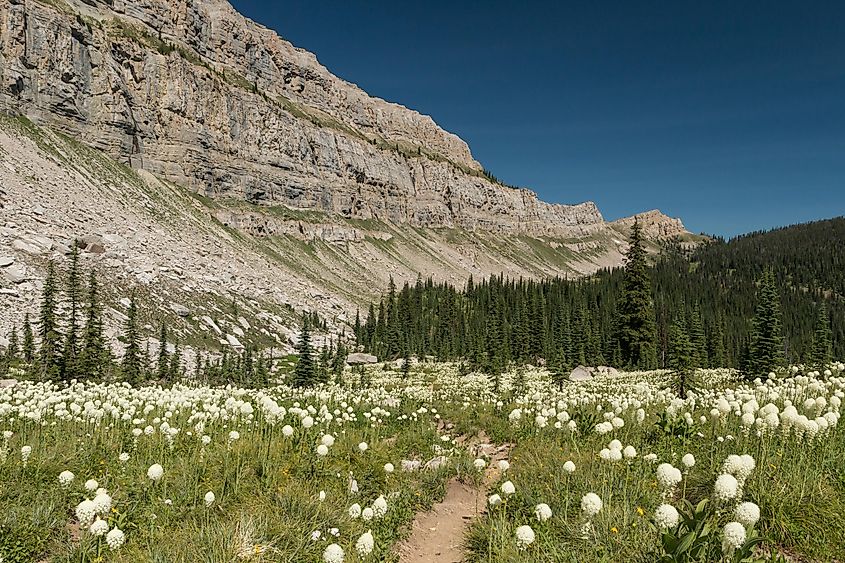
While Tears of the Turtle Cave is a unique site that attracts the attention of many, there is minimal to no tourism in the area. This is primarily due to two factors, the area, and the difficulty. In terms of the area, reaching this cave is very difficult as it is surrounded by tens of kilometres of wilderness on all sides. At best, you will have to hike from the nearby Condon community, which can take a whole day.
Let’s say you do manage to make the hike; getting into the thin 24-36 inch gap and going through it is extremely difficult. Due to this, it is only advisable for experienced cavers even to attempt to go down this mysterious and massive limestone cave.
